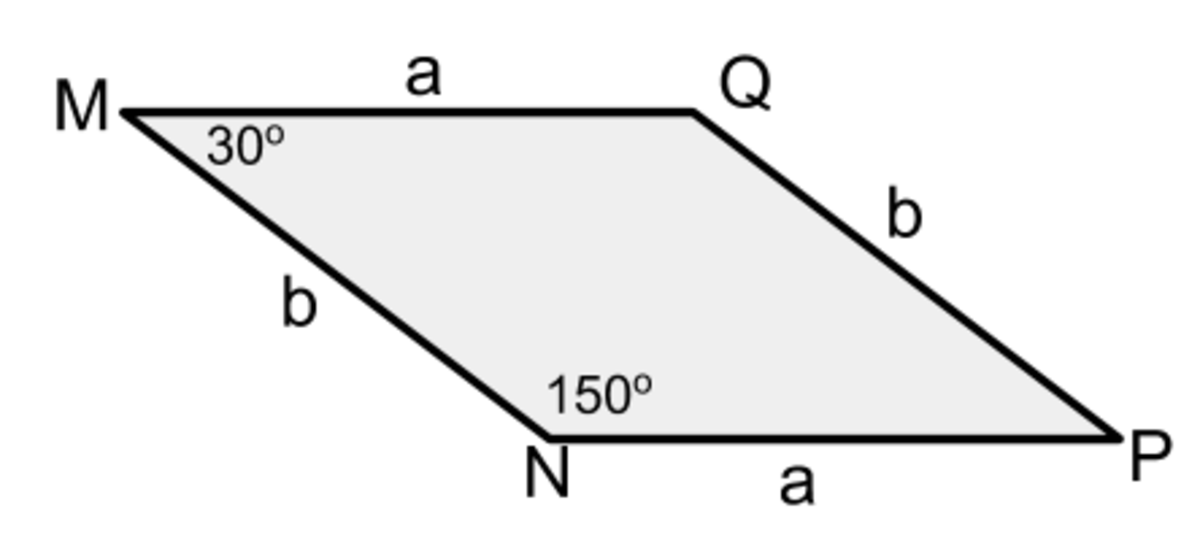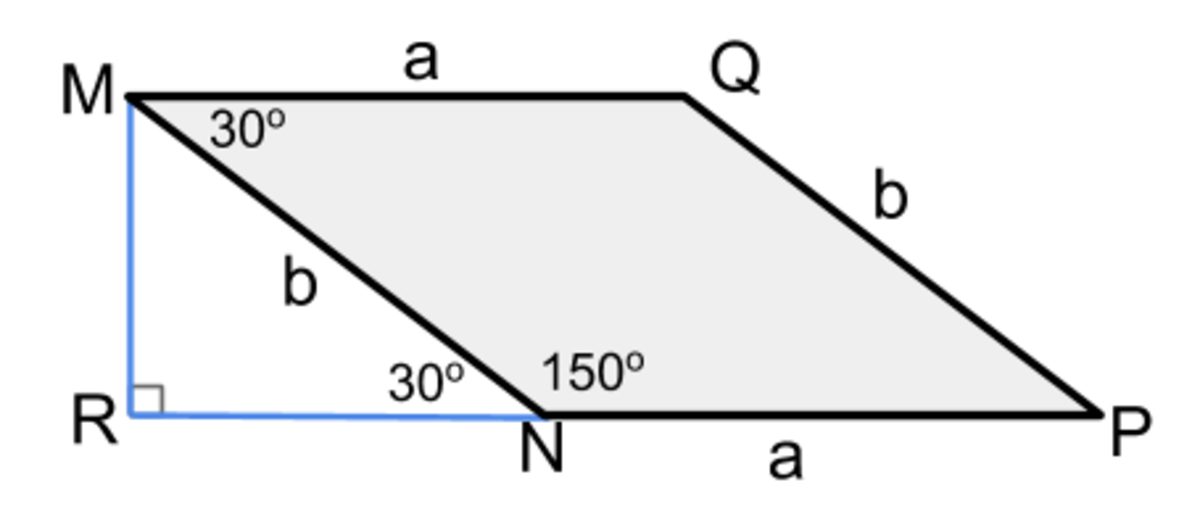Paralellbomb
A wire of length 5 0 c m is to be bent in the form of a parallelogram of area 5 0 c m 2 . If the angle between the adjacent sides is 3 0 0 , then the dimensions of the parallelogram are :
This section requires Javascript.
You are seeing this because something didn't load right. We suggest you, (a) try
refreshing the page, (b) enabling javascript if it is disabled on your browser and,
finally, (c)
loading the
non-javascript version of this page
. We're sorry about the hassle.
2 solutions
3 0 o = 6 π @Maggie Miller ??? If yes, how?
Log in to reply
I was just using radians because they're more convenient. 3 0 ∘ = 6 π radians; just unit conversion.
Radians are the standard unit for angles; that's what calculators use.
Log in to reply
Any other way to do this without using radians @Maggie Miller ??
Log in to reply
@Sahba Hasan – I mean I could have written 3 0 ∘ instead of 6 π , radians don't change anything. I just didn't know how to type the degree symbol in my paint program.
Log in to reply
@Maggie Miller – ohh.. i understood it. Thanks...
The angle between adjacent sides is not just 3 0 ∘ , it is also 1 5 0 ∘ depending on which sides. Maybe it should say "the angle between two pairs of adjacent sides."
Let a represent the length of one side and let b represent the length of the other side of the parallelogram. You then have a pair of sides of length a and a pair of sides of length b as shown below.
Since you are given the perimeter of 50 you have 2(a+b) = 50.
You are given that one angle is 30 degrees (angle NMQ below) and can determine angle MNP is 150 degrees because MNP and NMQ are supplementary.

Drop a perpendicular from point M to point R and extend segment PN to point R (shown below). Angle MNR is supplementary to angle MNP so angle MNR = 30. This creates 30-60-90 triangle MNR. Through properties of 30-60-90 MR is
2
1
b.

MR is also the height of the parallelogram which gives the equation 2 1 ba = 50. (Area of 50 was given) .
Solving for a you get a = b 1 0 0
Substituting for a in 2(a+b)=50 gets you 2( b 1 0 0 +b)=50
2( b 1 0 0 +b)=50
b 1 0 0 + b = 25
100 + b^2 = 25b
b^2 - 25b + 100 = 0
(b - 5)(b-20) = 0
So b is either 5cm or 20cm making a either 20cm or 5cm respectfully. Either way the dimensions are 5cm and 20 cm.
Let x be one side length of the parallelogram in cm. Since the perimeter of the paralellogram is 5 0 cm, the other side length is 2 5 − x cm.
Let h be the height of the paralellogram with respect to the base of length x . Since the area of the parellogram is 5 0 cm 2 , h = x 5 0 cm.
We have ( 2 5 − x ) ⋅ sin ( 6 π ) = x 5 0 . Multiplying by 2 x on both sides, we find 2 5 x − x 2 = 1 0 0 , so ( x − 5 ) ( x − 2 0 ) = 0 . Then x = 5 or x = 2 0 . In either case, the dimensions of the parallelogram are 5 cm and 2 0 cm.